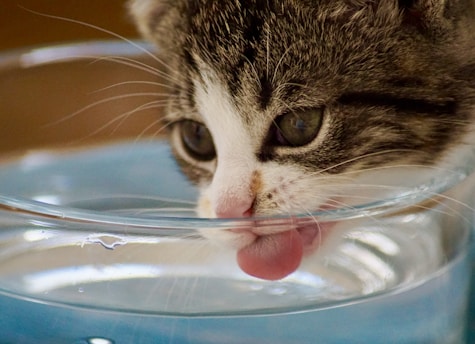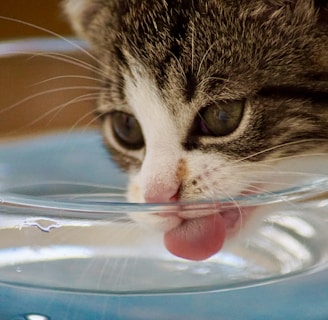Potable Water
Safe Long Term Storage
10/10/20233 min read


Having an emergency supply of potable (drinkable) water stored at home is an important part of being prepared for unexpected situations like natural disasters, power outages, or other emergencies where your regular water supply may be disrupted. While bottled water is a convenient short term option, for long term storage it's better to use reusable containers that can be refilled as needed. We already covered finding water in a bugout scenario, so this article is on the long term storage of potable water for a bug in scenario. Properly stored water can remain safe to drink for several months or even years. Here are some tips for safely storing potable water long term at home.
Containers - The best containers for long term water storage are food grade plastic buckets with tight fitting lids. Five gallon buckets are a common size that can hold a lot of water but can get a bit heavy when full. Avoid using garbage cans, paint buckets, or any container that previously held toxic substances, as residue could leach into the water. Glass jars or bottles can also work but are heavier and risk breaking.
Filling and Storage - Fill containers to the top, leaving no air space, and seal tightly. Label each container with the fill date and source using permanent marker. Store in a cool, dark place away from direct sunlight which can allow algae or bacteria to grow. Basements or interior closets are ideal. Rotating stock by using older containers first will maximize the shelf life of your stored water.
Shelf Life - Properly stored water should remain potable for at least 12-18 months. After a year, it's a good idea to refresh your water supply by dumping out the old and refilling containers. Water stored for more than two years may start developing off-flavors and odors, though will still likely be safe to drink in an emergency.
Water Treatment - While tap water is already treated, adding a few drops, just drops NOT SPOONS OR CUPS of unscented liquid household bleach per gallon of water when filling containers provides an extra layer of protection against microbial growth. The small amount of bleach will not affect the taste and will dissipate over time. Allow the water to sit for 30 minutes before using to ensure the bleach is fully dispersed.
Rotation - Just like with other emergency supplies, it's important to rotate stored water every 6 months to a year to keep it fresh. Drink the oldest first and refill containers from your tap supply. This prevents water from sitting unused for long periods of time. Clearly label containers with the fill date so you know which water is oldest.
Testing - It's a good idea to periodically test your stored water, especially if it will be needed for long term use. Using test strips available online or at camping stores is an easy way to check for coliform bacteria as well as pH and hardness levels. Bottled water intended for long term storage is also available pre-treated with additives that inhibit microbial growth, though is more expensive than filling your own containers.
Amount to Store - The general guideline is to have at least one gallon of water per person per day stored for drinking and sanitation. You'll also need additional water for food preparation and hygiene. Store at least a two week supply initially, and aim to gradually build up a month's supply or more if possible. Don't forget to account for pets' needs as well. Additionally, if freeze dried/dehydrated foods are part of your food prep strategy, you will need extra water.
Replenishing - Over time, stored water will slowly evaporate from sealed containers leaving an air space at the top. It's important to top off containers when you notice this happening to maximize shelf life. Check stored water supplies monthly to ensure proper sealing of lids and replace any leaking containers. With regular maintenance and rotation, you can rely on home-stored water for emergencies when needed. Proper storage is key to ensuring a safe long term supply of potable water.
Thanks for Reading! Get Prepped!
